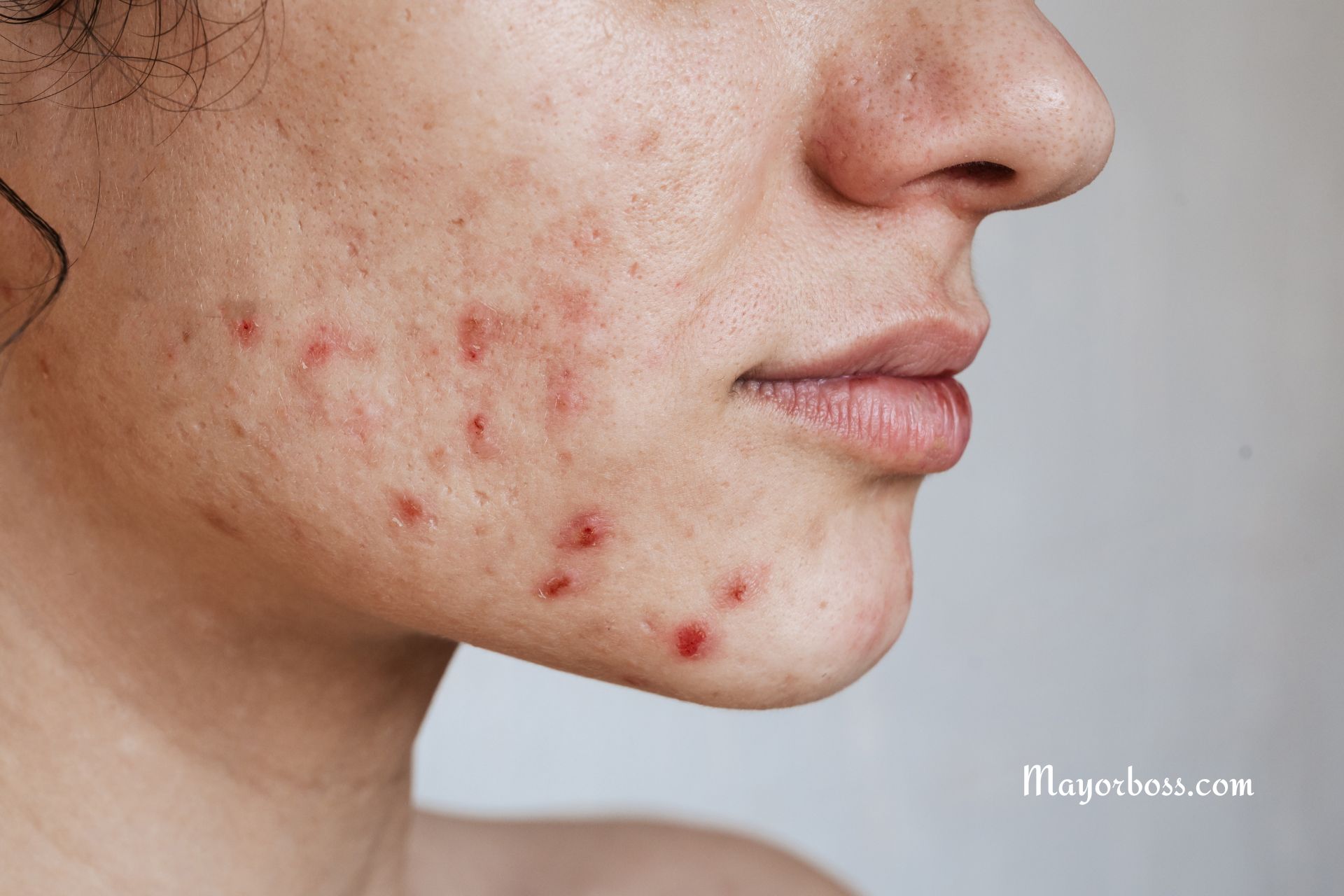How to Use Benzoyl Peroxide to Treat Acne
Acne is a common skin condition that can be frustrating and affect self-confidence. Benzoyl peroxide is a popular and effective over-the-counter ingredient that can help to clear up breakouts and improve skin clarity. In this comprehensive guide, we’ll explain what benzoyl peroxide is, how to use it, and potential side effects to be aware of.

What is Benzoyl Peroxide?
Benzoyl peroxide is an antiseptic and antibacterial agent. Here’s how it works to combat acne:
- Kills bacteria: It eliminates P. acnes, the bacteria primarily responsible for causing acne.
- Unclogs pores: Benzoyl peroxide breaks down dead skin cells and sebum (oil) within pores, preventing blockages that lead to pimples.
- Reduces inflammation: It can minimize the redness and swelling associated with acne.
How to Incorporate Benzoyl Peroxide Into Your Skincare Routine
The right way to use benzoyl peroxide ensures you get the maximum benefits while minimizing potential irritation. Here’s a step-by-step guide:
- Choose the right strength: Benzoyl peroxide is available in varying strengths, usually from 2.5% to 10%. For beginners or those with sensitive skin, start with a lower percentage.
- Pick a formulation: It comes in creams, gels, face washes, and spot treatments. Consider your skin type and preference when choosing.
- Patch test: Apply a small amount to your inner arm for a few days to check for any allergic reactions.
- Cleanse: Wash your face with a gentle cleanser and pat dry.
- Apply benzoyl peroxide: Use a thin layer on the affected area or follow the instructions on your product. Spot treatments are great for targeting individual pimples.
- Moisturize: Use an oil-free, non-comedogenic (non-pore-clogging) moisturizer to minimize dryness or irritation that benzoyl peroxide may cause.
- Sunscreen: Sunscreen is crucial in any skincare routine, and even more so with benzoyl peroxide, which can make skin sensitive to the sun.
Things to Consider
- Start slowly: Initially, use it every other day or just a few times a week to let your skin adjust. Gradually increase the frequency if tolerated.
- Don’t overdo it: More isn’t always better. Excessive use can dry out and irritate your skin.
- Bleaching potential: Benzoyl peroxide can bleach fabrics, so be careful when applying it and let it dry completely before touching clothes or towels.
Potential Side Effects
While benzoyl peroxide is generally safe, here are some side effects to keep in mind:
- Dryness
- Redness
- Itching
- Scaling or peeling
If you experience severe irritation, reduce the frequency or stop using benzoyl peroxide and consult a dermatologist.
FAQs
- How long does it take for benzoyl peroxide to work? You may see improvements within a few weeks, but it could take 2-3 months for maximum results.
- Can I use benzoyl peroxide with other acne treatments? Talk to your dermatologist. Combining benzoyl peroxide with certain ingredients like retinoids can cause excessive dryness.
- Is benzoyl peroxide safe for all skin types? Benzoyl peroxide is generally well-tolerated but can be extra drying for naturally dry or sensitive skin. Always start with a lower strength.
The Takeaway
Benzoyl peroxide is a powerful ally in the fight against acne. Proper use can lead to clearer and healthier-looking skin. Remember, consistency is key, and if you have severe acne or sensitive skin, consult a dermatologist for a personalized treatment plan.
